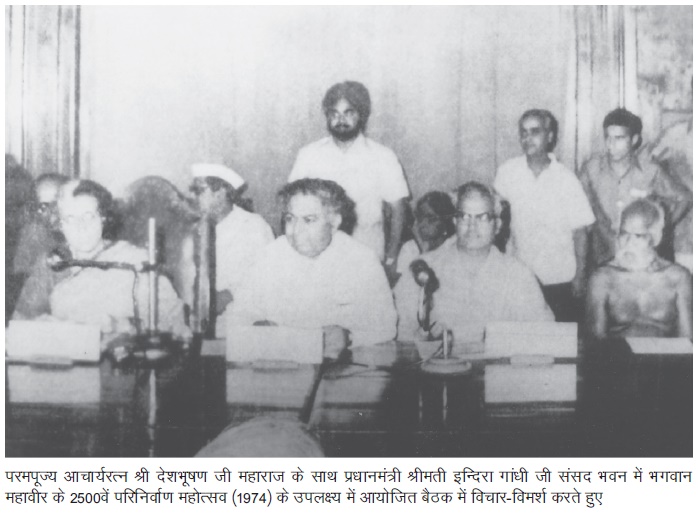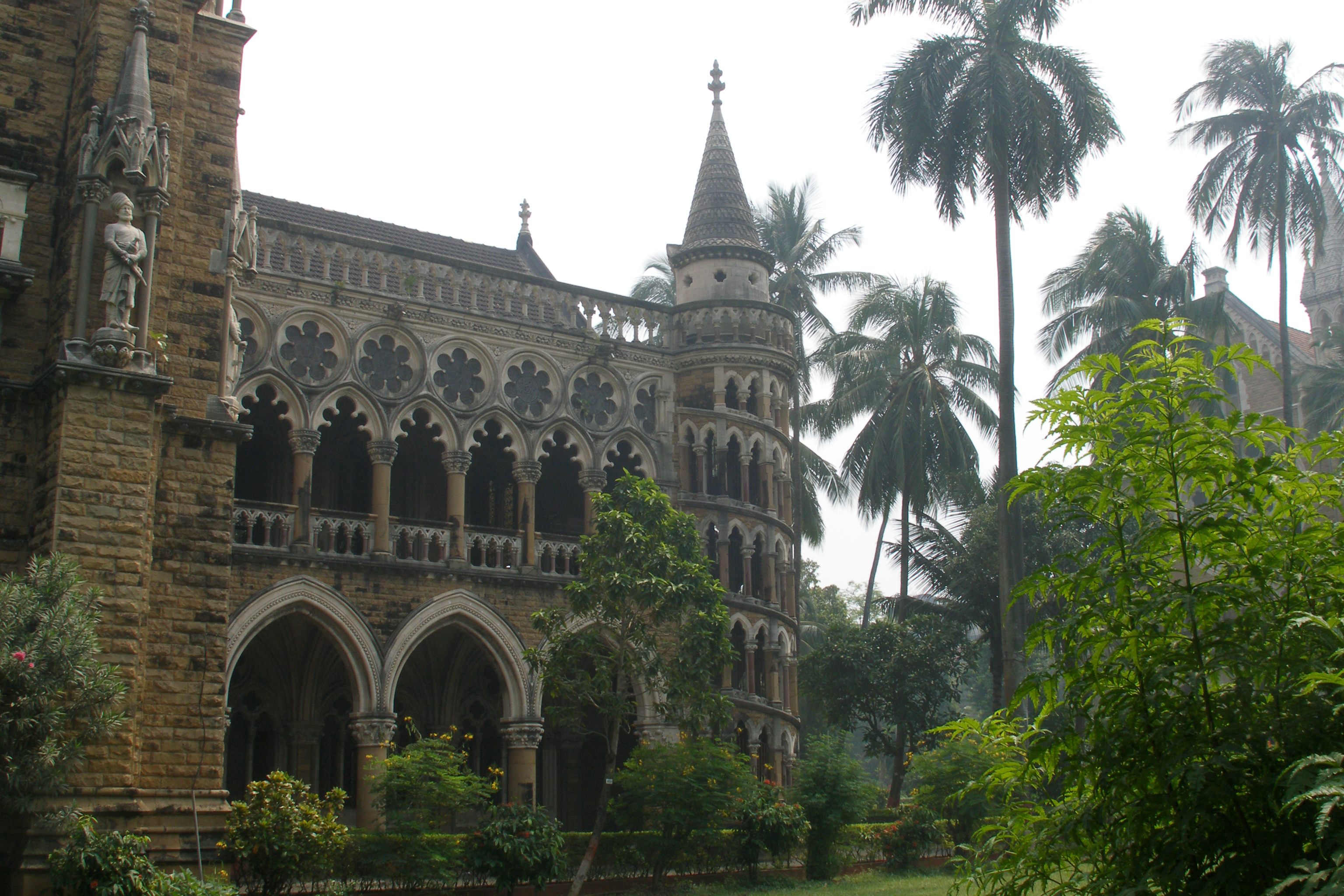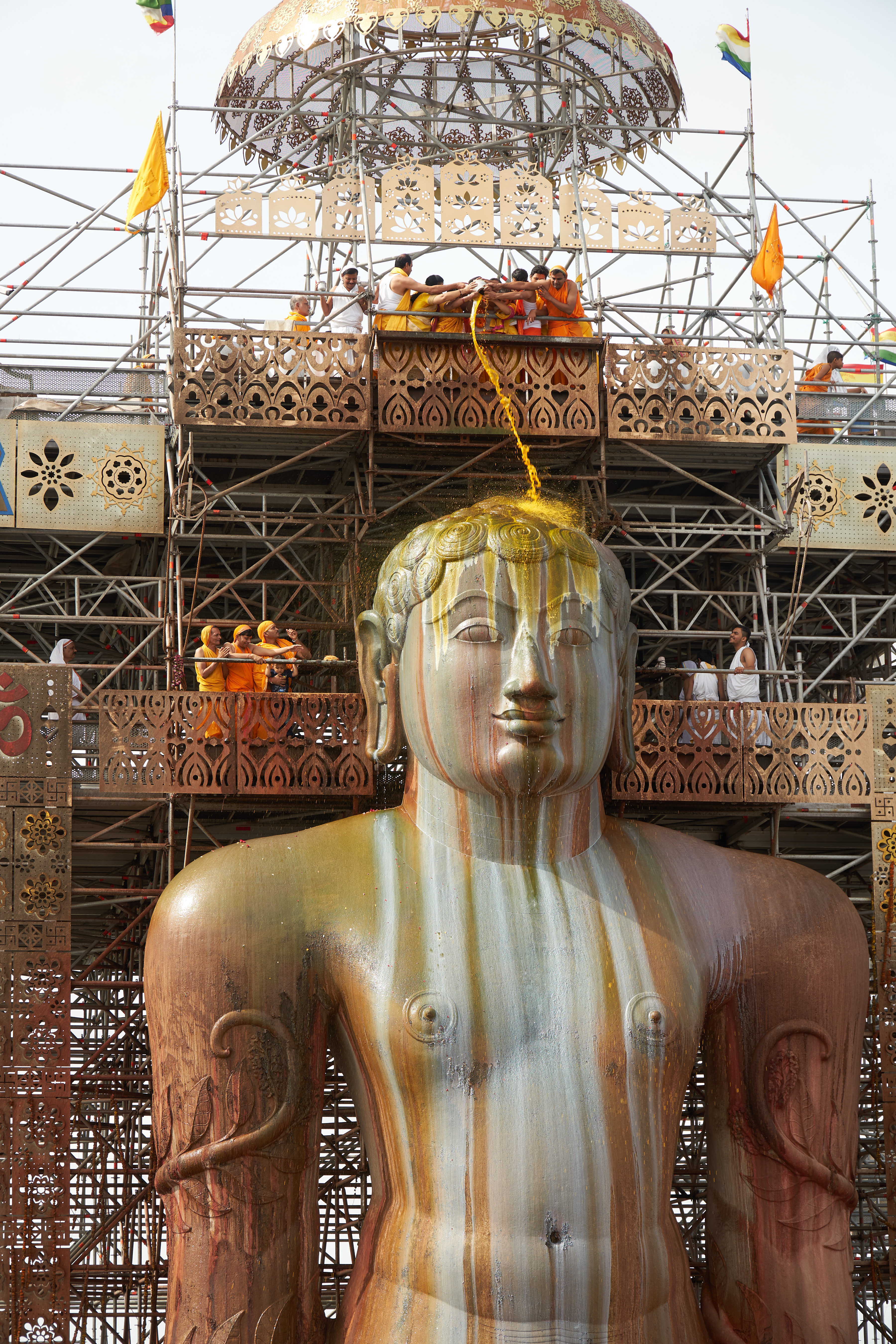|
Acharya Deshbhushan
Acharya Deshbhushan ( hi, आचार्य देशभूषण ) was a Digambara Jain Acharya of 20th century who composed and translated many Kannada scriptures to Hindi and Sanskrit. He initiated and elevated several Jain monks and nuns like Shwetpichhi Acharya Vidyananda ji and Gyanmati Mataji. He is renowned for his remarkable translations of Kannada scriptures to sanskrit and Hindi. He is the first Digambara Acharya to visit and address the Indian Parliament in the year 1974 along with the Prime Minister Indira Gandhi. Early life Born on Mārgaśirṣa Śukla Pakṣa Pratipat of the year 1905 in Kothli district of Belgaum, Karnataka in a wealthy landlords family of Sh. Satya Gauda and Akka Devi Patil (Parents), Sh. Bala Gauda Patil (''Balappa'') completed his primary and secondary education in Hindi, English, Marathi and Kannada medium at Sadalga and Secondary Education at Gilginchi Artal High School, Belagavi with his best friend Dr. A.N. Upadhye. Both went on to ... [...More Info...] [...Related Items...] OR: [Wikipedia] [Google] [Baidu] |
Acharya
In Indian religions and society, an ''acharya'' (Sanskrit: आचार्य, IAST: ; Pali: ''ācariya'') is a preceptor and expert instructor in matters such as religion, or any other subject. An acharya is a highly learned person with a title affixed to the names of learned subject. The designation has different meanings in Hinduism, Buddhism and secular contexts. ''Acharya'' is sometimes used to address an expert teacher or a scholar in any discipline, e.g.: Bhaskaracharya, the expert mathematician. Etymology The Sanskrit phrase ''Acharam Grahayati Acharam Dadati Iti Va'' means ''Acharya'' (or teacher) is the one who teaches good conduct to one's students. A female teacher is called an ''achāryā,'' and a male teacher's wife is called an ''achāryāni'' In Hinduism In Hinduism, an ''acharya'' is a formal title of a teacher or guru, who has attained a degree in Veda and Vedanga. Prominent acharyas in the Hindu tradition are as given below : *Adi Sankaracharya *Ramanu ... [...More Info...] [...Related Items...] OR: [Wikipedia] [Google] [Baidu] |
Bombay University
The University of Mumbai is a collegiate, state-owned, public research university in Mumbai. The University of Mumbai is one of the largest universities in the world. , the university had 711 affiliated colleges. Ratan Tata is the appointed head of the advisory council. History In accordance with "Wood's despatch", drafted by Sir Charles Wood in 1854, the University of Bombay was established in 1857 after the presentation of a petition from the Bombay Association to the British colonial government in India. The University of Mumbai was modelled on similar universities in the United Kingdom, specifically the University of London. The first departments established were the Faculty of Arts at Elphinstone College in 1835 and the Faculty of Medicine at Grant Medical College in 1845. Both colleges existed before the university was founded and surrendered their degree-granting privileges to the university. The first degrees awarded in 1862 were Bachelor of Arts and Licentiate in ... [...More Info...] [...Related Items...] OR: [Wikipedia] [Google] [Baidu] |
Delhi
Delhi, officially the National Capital Territory (NCT) of Delhi, is a city and a union territory of India containing New Delhi, the capital of India. Straddling the Yamuna river, primarily its western or right bank, Delhi shares borders with the state of Uttar Pradesh in the east and with the state of Haryana in the remaining directions. The NCT covers an area of . According to the 2011 census, Delhi's city proper population was over 11 million, while the NCT's population was about 16.8 million. Delhi's urban agglomeration, which includes the satellite cities of Ghaziabad, Faridabad, Gurgaon and Noida in an area known as the National Capital Region (NCR), has an estimated population of over 28 million, making it the largest metropolitan area in India and the second-largest in the world (after Tokyo). The topography of the medieval fort Purana Qila on the banks of the river Yamuna matches the literary description of the citadel Indraprastha in the Sanskrit ... [...More Info...] [...Related Items...] OR: [Wikipedia] [Google] [Baidu] |
Shravanabelagola
Shravanabelagola () is a town located near Channarayapatna of Hassan district in the Indian state of Karnataka and is from Bengaluru. The Gommateshwara Bahubali statue at Shravanabelagola is one of the most important tirthas (pilgrimage destinations) in Jainism, one that reached a peak in architectural and sculptural activity under the patronage of Western Ganga dynasty of Talakad. Chandragupta Maurya is said to have died here in 298 BCE after he became a Jain monk and assumed an ascetic life style. Gommateshwara statue, Akkana Basadi, Chandragupta basadi, Chamundaraya Basadi, Parshvanath Basadi and inscriptions of Shravanabelagola group of monuments are listed as Adarsh Smarak Monument by Archaeological Survey of India. Location Shravanabelagola is located at to the south-east of Channarayapatna in the Channarayapatna taluk of Hassan district of Karnataka. It is at a distance of south-east of Hassan, Karnataka, the district centre. It is situated at a distance of to ... [...More Info...] [...Related Items...] OR: [Wikipedia] [Google] [Baidu] |
Mahamastakabhisheka
The ''Mahamastakabhisheka'' ("Grand Consecration", "The Great Indian Festival") refers to the '' abhiṣeka'' (anointment) of the Jain images when held on a large scale. The most famous of such consecrations is the anointment of the Bahubali Gommateshwara statue located at Shravanabelagola in Karnataka, India. It is an important Jain festival held once every 12 years. It is an integral part of the ancient and composite Jain tradition. The festival is held in veneration of a high monolithic statue of the Siddha Bahubali. The anointing last took place in February 2018, and the next ceremony will take place in 2030. The ceremony in 2018 is said to be the 88th in the series that commenced in the year 981 AD and was the second Mahamastakabhisheka of the 21st century. The ceremony is expected to be graced by numerous Jain ascetics. The February 2018 event was held under the leadership of Charukeerthi Bhattaraka Swamiji of Shravanabelagola from 17 to 25 February 2018. Anointmen ... [...More Info...] [...Related Items...] OR: [Wikipedia] [Google] [Baidu] |
Jain Philosophy
Jain philosophy refers to the ancient Indian philosophy, Indian philosophical system found in Jainism. One of the main features of Jain philosophy is its Mind–body dualism, dualistic metaphysics, which holds that there are two distinct categories of existence, the living, conscious or sentient being (''jiva'') and the non-living or Matter, material (''ajiva''). Jain texts discuss numerous philosophical topics such as epistemology, metaphysics, ethics, cosmology and soteriology. Jain thought is primarily concerned with understanding the nature of living beings, how these beings are bound by karma (which are seen as fine material particles) and how living beings may be liberated (''moksha'') from the cycle of reincarnation. Also notable is the Jain belief in a beginning-less and Cyclic model, cyclical universe and a rejection of a Creator deity. From the Jain point of view, Jain philosophy is eternal and has been taught numerous times in the remote past by the great enlightened ... [...More Info...] [...Related Items...] OR: [Wikipedia] [Google] [Baidu] |
Pratima (Jainism)
In Jainism, ''Pratima'' ( sa, प्रतिमा) is a step or a stage marking the spiritual rise of a lay person (''shravak''). There are eleven such steps called ''pratima''. After passing the eleven steps, one is no longer a ''sravaka'', but a ''muni'' (monk). Rules prescribed for laymen are divided into twelve ''vrata'' (vows) and eleven ''pratimas'' (steps) and are described in several codes of conduct ( ''shravakacharas''). The ''pratimas'' are mentioned in several ancient texts like Ratnakaranda Shravakachara (2nd century A.D.).Upasakdashang aur uska Shravakachar, Subhash Kothari, Agam Ahimsa Samta Evam Prakrit Sansthan, Udaipur 1988 Twelve vows The twelve vows are: Eleven ''Pratima'' The eleven stages (''pratima'') are: #Darshan Pratima (Right perspective): The worship of the true God (i.e., tirthanhara,) guru (preceptor) and shastra (Scripture), and the avoidance of gambling, meat-eating, drinking (wine), adultery, hunting, thieving and debauchery. #Vrat Pr ... [...More Info...] [...Related Items...] OR: [Wikipedia] [Google] [Baidu] |
Sangha (Jainism)
In Jainism, Sangha (Community of the pious) is a term used to refer to the fourfold community of ''Muni'' ( male ascetics), ''Aryika'' / ''Sadhvi'' (female ascetics), ''Śrāvaka'' (laymen), and ''Śrāvikā'' (laywomen). The word is also used in various other ways. Meaning Champat Rai Jain, an influential 20th century Jain writer described the ''sangha'' as "those who practise the ''dharma''", "the community of the saints", "the community of the pious" and as "the community of the faithful". Significance According to the Jain texts, the ''sangha'' will be maintained till the very end of the present strife-ridden spoke of time ('' pancham kaal''). With the end of the ''sangha'', the ''dharma'' (religion) will also end. Other Uses The word ''sangha'' has been used to refer to various lineages in the Digambara sect of Jainism. History Jain ''Sangha'' was established in Madurai in 5th century CE. See also *Jainism *Sangha in Buddhism * Sangat (Sikhism) Sangat (Punj ... [...More Info...] [...Related Items...] OR: [Wikipedia] [Google] [Baidu] |
Acharya Deshbhushan At Indian Parliament
In Indian religions and society, an ''acharya'' ( Sanskrit: आचार्य, IAST: ; Pali: ''ācariya'') is a preceptor and expert instructor in matters such as religion, or any other subject. An acharya is a highly learned person with a title affixed to the names of learned subject. The designation has different meanings in Hinduism, Buddhism and secular contexts. ''Acharya'' is sometimes used to address an expert teacher or a scholar in any discipline, e.g.: Bhaskaracharya, the expert mathematician. Etymology The Sanskrit phrase ''Acharam Grahayati Acharam Dadati Iti Va'' means ''Acharya'' (or teacher) is the one who teaches good conduct to one's students. A female teacher is called an ''achāryā,'' and a male teacher's wife is called an ''achāryāni'' In Hinduism In Hinduism, an ''acharya'' is a formal title of a teacher or guru, who has attained a degree in Veda and Vedanga. Prominent acharyas in the Hindu tradition are as given below : * Adi Sankaracharya * ... [...More Info...] [...Related Items...] OR: [Wikipedia] [Google] [Baidu] |
Kolhapur
Kolhapur () is a city on the banks of the Panchganga River in the southern part of the Indian state of Maharashtra. It is the administrative headquarter of the Kolhapur district. In, around 2 C.E. Kolapur's name was 'Kuntal'. Kolhapur is known as ''`Dakshin Kashi''' or Kashi of the South because of its spiritual history and the antiquity of its shrine Mahalaxmi, better known as Ambabai. The region is known for the production of the famous hand-crafted and braided leather slippers called Kolhapuri chappal, which received the Geographical Indication designation in 2019. In Hindu mythology, the city is referred to as "''Karvir''." Before India became independent in 1947, Kolhapur was a princely state under the Bhosale Chhatrapati of the Maratha Empire. It is an important center for the Marathi film industry. Etymology Kolhapur is named after Kolhasur, a demon in Hindu History. According to History, the demon Kolhasur renounced asceticism after his sons were killed by God f ... [...More Info...] [...Related Items...] OR: [Wikipedia] [Google] [Baidu] |







